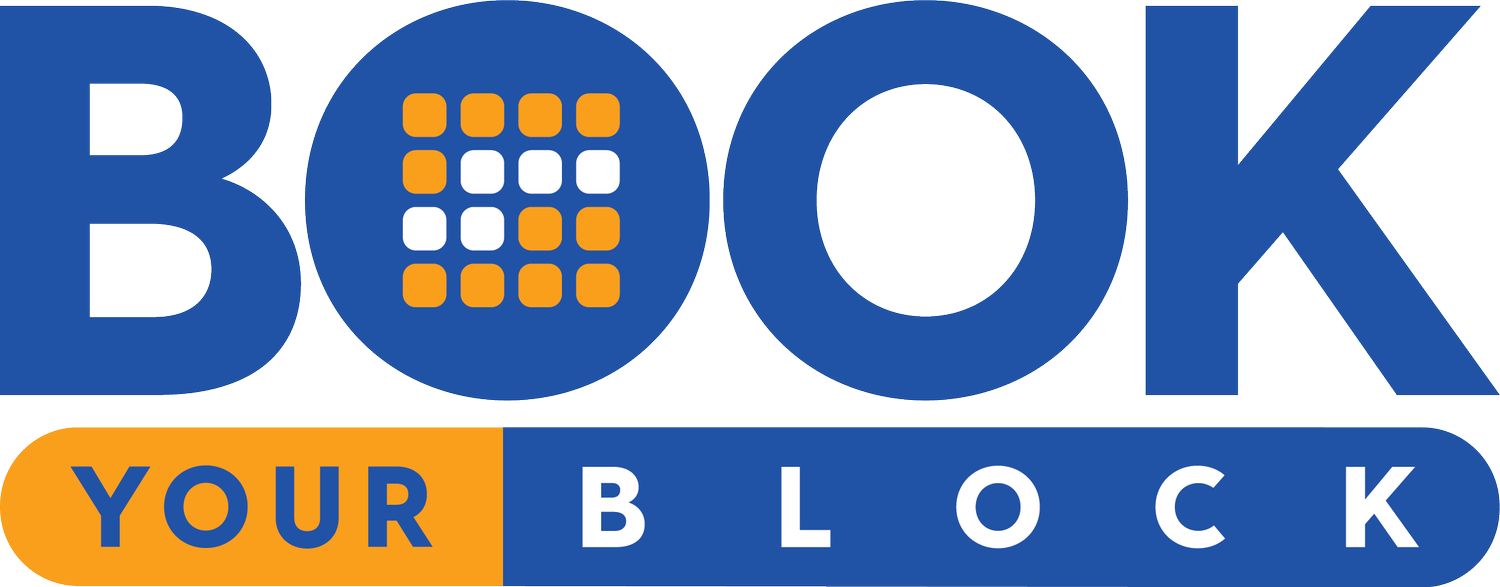5 Biggest Trends in Youth Sports for 2025
The youth sports industry is undergoing significant changes, with 2025 poised to be a pivotal year that will redefine how young athletes engage with their favorite sports.
This evolution is driven by a variety of factors, including advancements in technology in sports event management, a growing focus on mental well-being, and increased efforts toward inclusivity.
As we look ahead, several key trends are emerging that will shape the experiences of young athletes and influence the broader community involved in youth sports. These insights are especially valuable for those seeking insights for youth sports in the year ahead.
1. Rise of AI-Powered Training and Analytics
Artificial Intelligence is revolutionizing youth sports training and performance analysis.
In 2025, we're seeing AI tools that offer personalized training programs, real-time skill assessments, and performance analytics previously available only to professional athletes. These technologies are helping young athletes optimize their training, track progress, and even prevent injuries through advanced biometric monitoring. This also represents a major shift in technology in sports event management, transforming how teams and coaches plan and train.
2. Volleyball's Explosive Growth
Volleyball is experiencing unprecedented popularity in 2025. i9 Sports recorded a 33% increase in volleyball registrations compared to 2023, with almost 13,000 additional children participating. The sport has gained significant visibility through media coverage and major investments, such as League One Volleyball (LOVB) securing $100 million in funding. It's particularly appealing to pre-teens and teens looking to start sports later in childhood.
3. Emphasis on Diverse and Emerging Sports
Traditional sports are making room for new contenders.
Flag football, supported by organizations like the NFL, is gaining traction as a safer alternative to tackle football. Pickleball has seen a dramatic rise, with over 1 million under-18 players joining the sport from 2022 to 2023. These emerging sports are reshaping the youth sports landscape, offering new opportunities for engagement and competition.
4. Focus on Girls' Sports Participation
The "Caitlin Clark Effect" is in full swing in 2025, inspiring a surge in girls' sports participation.
The gap between boys' and girls' participation rates has narrowed significantly, with girls' involvement in sports increasing while boys' participation has seen a decline. This trend is driving more investment and attention to girls’ sports programs across various sports and activities, something planners should track when analyzing 2025 youth sports trends.
5. Technology-Driven Sports Management
Youth sports organizations are leveraging technology to streamline operations.
AI-powered tools are revolutionizing scheduling, registration, and communication processes. Platforms like TeamLinkt's AI assistant are making youth sports management more efficient, allowing organizations to focus more on athlete development and less on administrative tasks. These developments are central to technology in sports event management, and they’re reshaping how organizers build scalable tournament operations.
Final Thoughts for Youth Sports Organizers
These five trends illustrate how much the youth sports space is evolving in 2025. From AI to gender equity and emerging sports, the landscape is ripe with opportunity. These organizer insights for youth sports will help shape better planning, execution, and destination selection in the year ahead.

